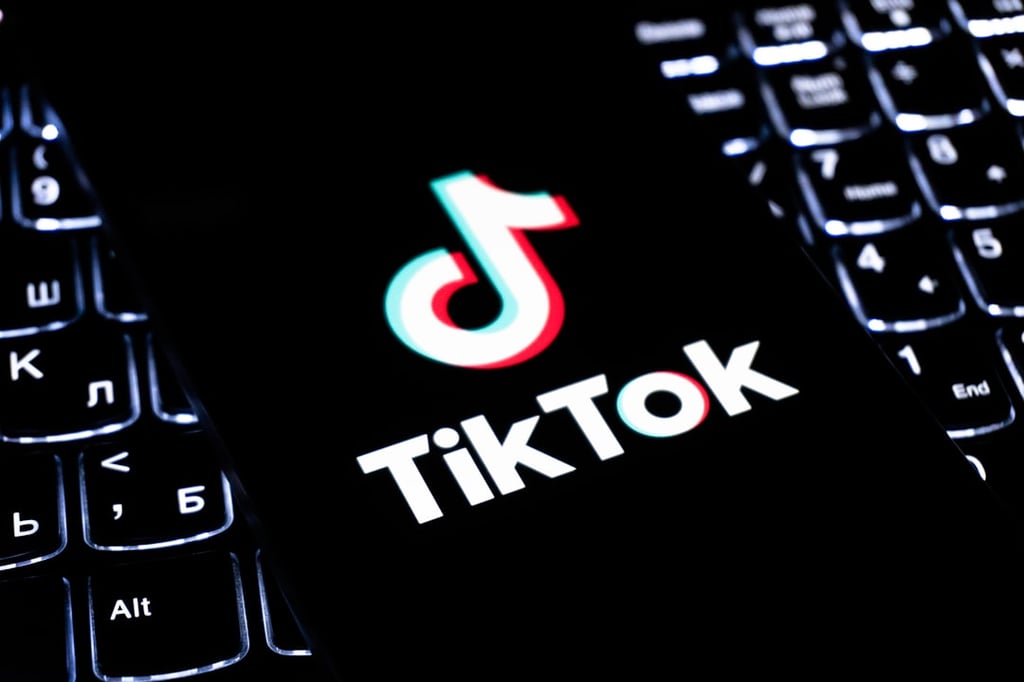Of the billions of devices that are expected to light up the Internet of Things (IoT) over the next couple of years, it’s a safe bet that many, if not most, will connect wirelessly. Using this week’s Consumer Electronics Show (CES) conference in Las Vegas as a backdrop, the Wi-Fi Alliance announced today that gadgets […]
Datamation content and product recommendations are
editorially independent. We may make money when you click on links
to our partners.
Learn More
Of the billions of devices that are expected to light up the Internet of Things (IoT) over the next couple of years, it’s a safe bet that many, if not most, will connect wirelessly.
Using this week’s Consumer Electronics Show (CES) conference in Las Vegas as a backdrop, the Wi-Fi Alliance announced today that gadgets conforming to the 802.11ah wireless connectivity standard will carry the new Wi-Fi HaLow moniker. “Wi-Fi HaLow is well suited to meet the unique needs of the Smart Home, Smart City, and industrial markets because of its ability to operate using very low power, penetrate through walls, and operate at significantly longer ranges than Wi-Fi today,” said Edgar Figueroa, president and CEO of the Wi-Fi Alliance, in a statement today.
Wi-Fi HaLow works on the 900 MHz band, setting the stage of low-power Wi-Fi connected gadgets, including wearables and sensors. According to the Alliance, Wi-Fi HaLow provides nearly twice the range of today’s Wi-Fi and can punch a signal more readily through walls and other barriers that can make wireless networking a challenge.
The group envisions the technology providing IoT connectivity to both smart homes and industrial plants. “Wi-Fi HaLow expands the unmatched versatility of Wi-Fi to enable applications from small, battery-operated wearable devices to large-scale industrial facility deployments – and everything in between,” Figueroa added.
One early supporter is member company Qualcomm, which is researching how to implement 802.11ah.
The wireless chipmaker views Wi-Fi HaLow as a whole-house connectivity solution. “11ah extends the range of Wi-Fi beyond the limited range of 2.4 and 5 GHz by leveraging the improved propagation and penetration of 900MHz radio waves through walls and obstructions,” Qualcomm stated on its website. “With 11ah, Wi-Fi coverage improves in previously hard to reach places such as garages, back yards, attics, buildings, factories, malls, etc.”
Wi-Fi HaLow will help IoT device vendors cut the cord, enabling battery-powered sensors to communicate their status and other pertinent information without running out of juice. “A 150 Kbps minimum data rate results in short on-time for sensors with short bursty data packets thus lowering their power consumption,” Qualcomm explained. “Overall power is also reduced by using lower power MAC protocols such as smaller frame formats, sensor traffic priority, and beaconless paging mode.”
The Wi-Fi Alliance isn’t stopping at 802.11ah. In 2019, the 802.11ax standard may further enable IoT networking with speeds of 10 Gbps and a channel-slicing technique that can extend the range of compliant devices.
Pedro Hernandez is a contributing editor at Datamation. Follow him on Twitter @ecoINSITE.
Photo courtesy of Shutterstock.
-
Ethics and Artificial Intelligence: Driving Greater Equality
FEATURE | By James Maguire,
December 16, 2020
-
AI vs. Machine Learning vs. Deep Learning
FEATURE | By Cynthia Harvey,
December 11, 2020
-
Huawei’s AI Update: Things Are Moving Faster Than We Think
FEATURE | By Rob Enderle,
December 04, 2020
-
Keeping Machine Learning Algorithms Honest in the ‘Ethics-First’ Era
ARTIFICIAL INTELLIGENCE | By Guest Author,
November 18, 2020
-
Key Trends in Chatbots and RPA
FEATURE | By Guest Author,
November 10, 2020
-
Top 10 AIOps Companies
FEATURE | By Samuel Greengard,
November 05, 2020
-
What is Text Analysis?
ARTIFICIAL INTELLIGENCE | By Guest Author,
November 02, 2020
-
How Intel’s Work With Autonomous Cars Could Redefine General Purpose AI
ARTIFICIAL INTELLIGENCE | By Rob Enderle,
October 29, 2020
-
Dell Technologies World: Weaving Together Human And Machine Interaction For AI And Robotics
ARTIFICIAL INTELLIGENCE | By Rob Enderle,
October 23, 2020
-
The Super Moderator, or How IBM Project Debater Could Save Social Media
FEATURE | By Rob Enderle,
October 16, 2020
-
Top 10 Chatbot Platforms
FEATURE | By Cynthia Harvey,
October 07, 2020
-
Finding a Career Path in AI
ARTIFICIAL INTELLIGENCE | By Guest Author,
October 05, 2020
-
CIOs Discuss the Promise of AI and Data Science
FEATURE | By Guest Author,
September 25, 2020
-
Microsoft Is Building An AI Product That Could Predict The Future
FEATURE | By Rob Enderle,
September 25, 2020
-
Top 10 Machine Learning Companies 2021
FEATURE | By Cynthia Harvey,
September 22, 2020
-
NVIDIA and ARM: Massively Changing The AI Landscape
ARTIFICIAL INTELLIGENCE | By Rob Enderle,
September 18, 2020
-
Continuous Intelligence: Expert Discussion [Video and Podcast]
ARTIFICIAL INTELLIGENCE | By James Maguire,
September 14, 2020
-
Artificial Intelligence: Governance and Ethics [Video]
ARTIFICIAL INTELLIGENCE | By James Maguire,
September 13, 2020
-
IBM Watson At The US Open: Showcasing The Power Of A Mature Enterprise-Class AI
FEATURE | By Rob Enderle,
September 11, 2020
-
Artificial Intelligence: Perception vs. Reality
FEATURE | By James Maguire,
September 09, 2020
SEE ALL
ARTICLES
Pedro Hernandez is a contributor to Datamation, eWEEK, and the IT Business Edge Network, the network for technology professionals. Previously, he served as a managing editor for the Internet.com network of IT-related websites and as the Green IT curator for GigaOM Pro.









